Virtual Reality: Revolutionizing Educational Experiences
Virtual reality (VR) is transforming how we approach education, offering students and educators immersive, engaging, and deeply interactive environments that were previously impossible to recreate in traditional classrooms. As technologies become more accessible, schools and institutions worldwide are integrating VR to enhance learning experiences and promote greater understanding across subjects and disciplines. By harnessing the power of VR, education is moving beyond textbooks and lectures to create memorable, impactful journeys that foster curiosity and deeper learning. This shift promises not only to improve retention and knowledge acquisition but also to democratize high-quality educational resources for learners everywhere.
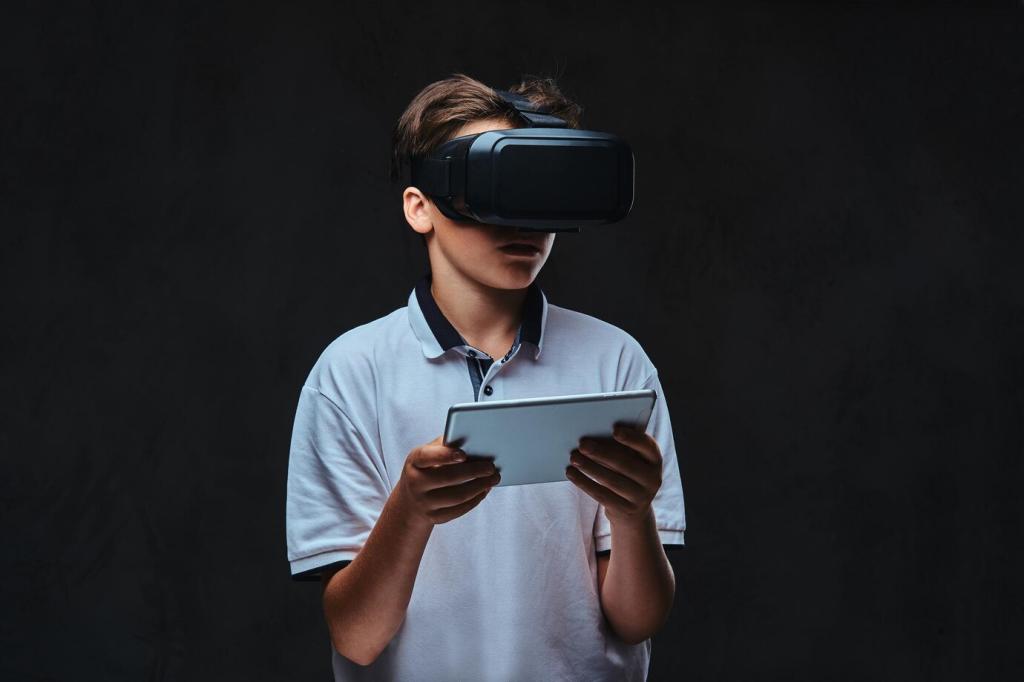
Immersive Learning Environments
Interactive Classrooms Come to Life
VR enables traditional classrooms to transcend their physical walls, connecting students with interactive, three-dimensional settings for every subject. Instead of simply reading about space, students can embark on a virtual mission to the International Space Station, manipulating objects and conducting experiments firsthand. This participatory approach not only captures students’ attention but instills knowledge through direct experience, leading to higher engagement and improved retention compared to conventional teaching methods.
The Sensation of Presence in Education
The sense of presence that VR brings to education is a game-changer. When learners feel as though they are truly “inside” the lesson—walking through ancient cities, exploring microscopic worlds, or observing historic events unfold—they develop a more personal and emotional connection to the material. This powerful sensation of presence enhances motivation, encourages curiosity, and builds stronger mental associations, all of which contribute to more effective and memorable learning outcomes.
Accessibility and Inclusion Enhanced
Immersive environments in VR also strongly pursue accessible and inclusive education. VR can simulate experiences for those who cannot travel, providing equitable access to museums, labs, or distant cultural landmarks. Additionally, VR platforms can adapt lessons for different learning styles and support those with disabilities through customization, ensuring every student has the opportunity to benefit from enriched, immersive education, regardless of geography or physical ability.
Breaking Down Geographical Barriers
Global Collaboration in Real-Time
Through VR platforms, students and teachers from diverse backgrounds can come together in shared virtual spaces for collaborative projects, discussions, and cultural exchanges. This real-time interaction builds teamwork, communication skills, and cross-cultural understanding, all within an engaging and accessible environment. The immediacy and authenticity of these connections give learners a new appreciation of global diversity and shared human challenges.
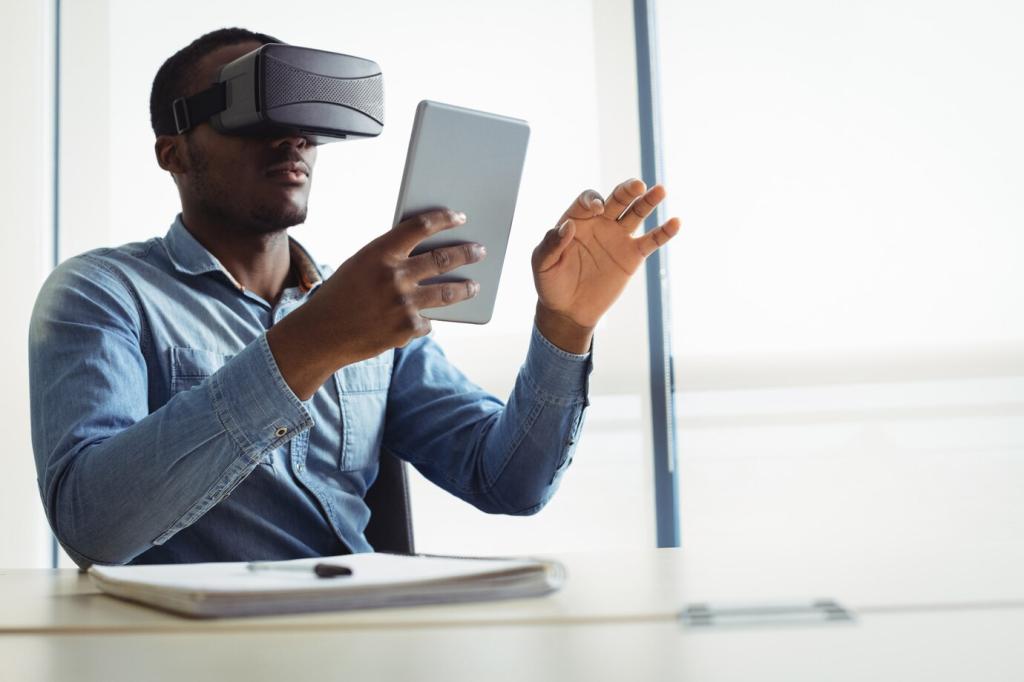
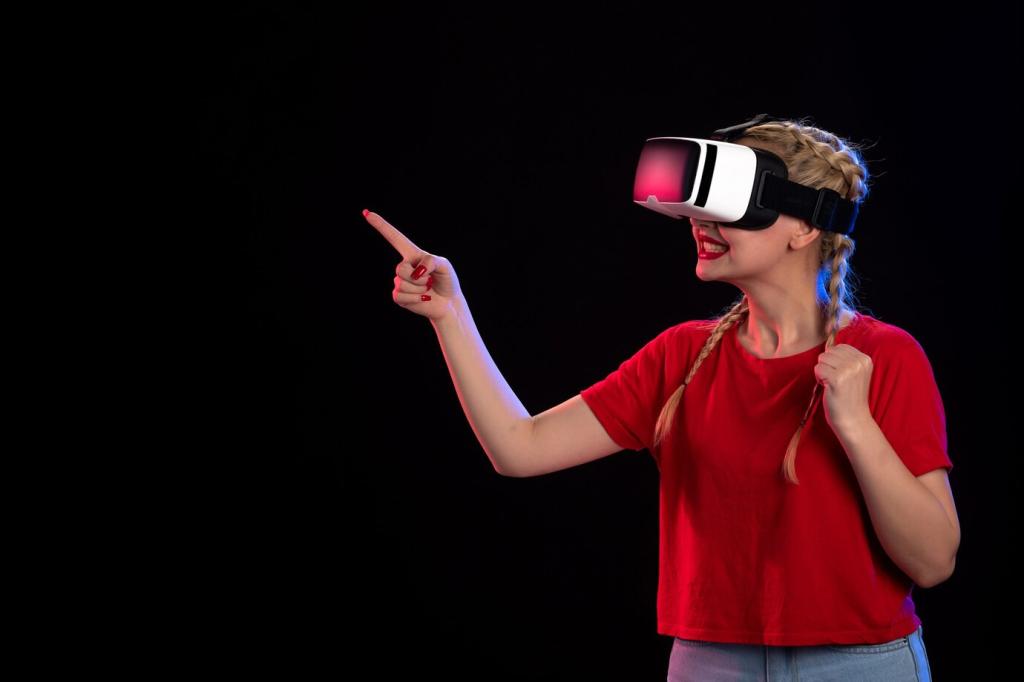
Virtual Field Trips Redefined
Traditional field trips are often limited by cost, logistics, or distance, preventing many students from accessing valuable learning experiences. VR eliminates these limitations by offering virtual field trips to anywhere in the world—or even beyond. Learners can walk through the pyramids of Egypt, observe wildlife on a remote savannah, or attend live events, all from their school. These adventures stimulate imagination and curiosity while making world-class educational experiences available to every student.
Stimulating Engagement and Motivation
Active Participation Encouraged
With VR, students do not simply watch or listen—they act, experiment, and make decisions within the virtual world. This active participation is crucial for deep learning, as it merges doing with understanding. Learners solve problems, manipulate objects, and see the consequences of their actions in real time, which is especially effective in subjects such as science, engineering, or art, where hands-on practice is invaluable.
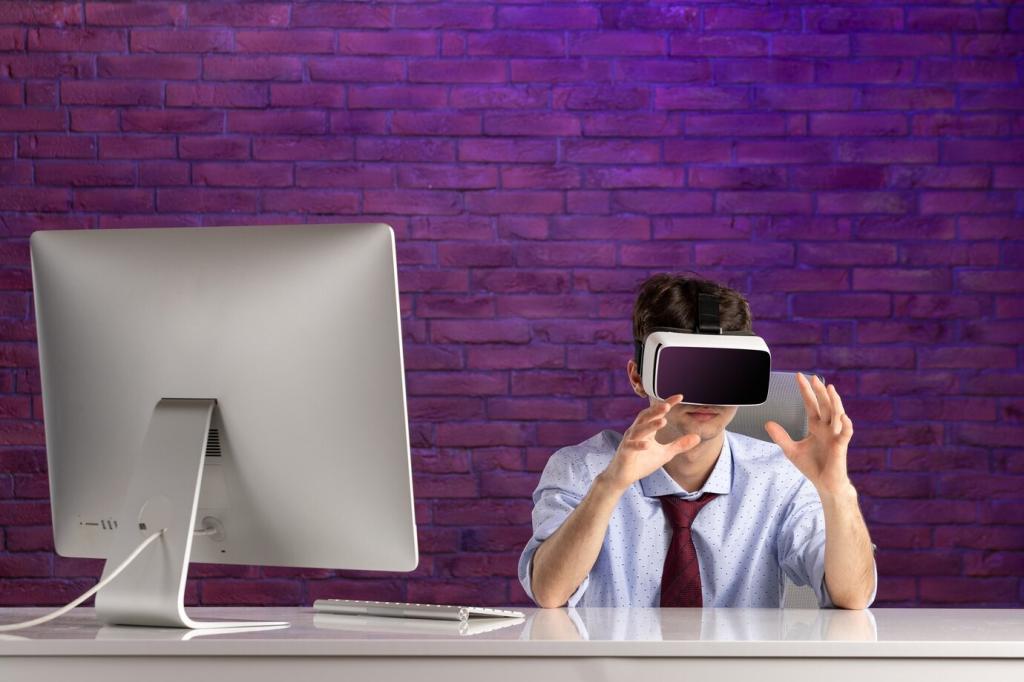
Making Abstract Concepts Tangible
Subjects such as physics, chemistry, and biology often involve processes that are too small, too large, or too fast to observe directly. VR allows learners to zoom into the atomic level to witness chemical reactions, walk through the bloodstream, or fly alongside migrating birds. Experiencing these phenomena in a lifelike manner makes them more approachable and less intimidating, breaking down barriers to understanding.
Previous
Next
Enabling Safe, Risk-Free Exploration
VR simulations have become essential tools in medical and technical education. Students can perform complex surgeries, troubleshoot machinery, or work through emergency scenarios as often as needed, receiving instant feedback without any harm to real patients or equipment. This iterative, pressure-free practice sharpens skills and builds confidence before learners transition to real-world applications.
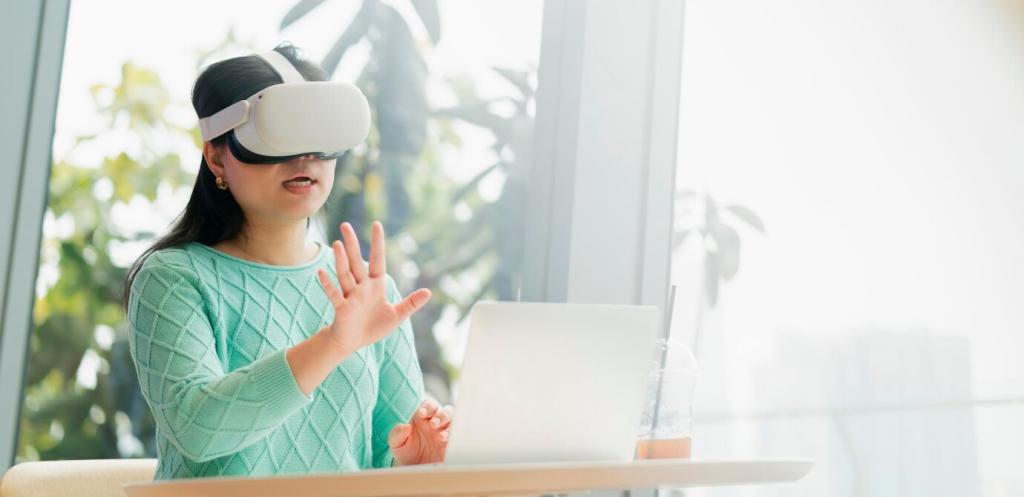
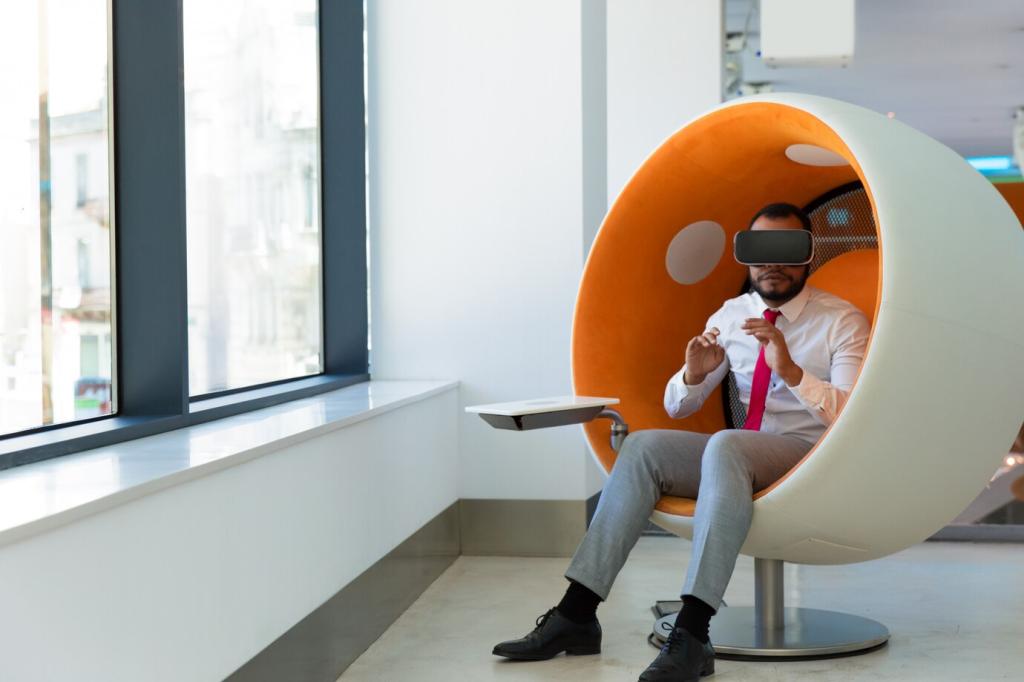
Training for High-Stakes Professions
From aviation to medicine to engineering, VR is revolutionizing professional training by replicating high-pressure, realistic scenarios that demand quick thinking and decisive action. Trainees can repeatedly practice procedures, emergency responses, or customer interactions until they achieve mastery, ensuring their readiness for real-life responsibilities. This approach increases safety, competency, and confidence in entry-level professionals.
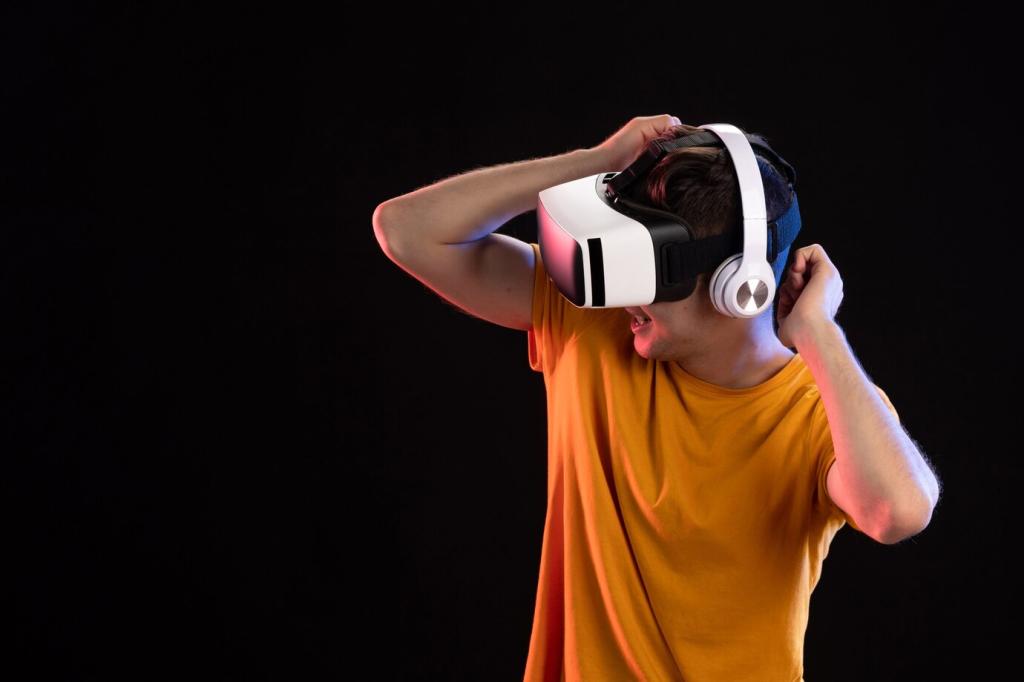
Developing Digital Literacy and Adaptability
Incorporating VR into education builds essential 21st-century skills, such as digital literacy, problem-solving, and adaptability to new tools and environments. Students who regularly navigate complex VR systems become comfortable with technology and innovation, positioning them to thrive as working professionals in digital and tech-driven sectors.
